The world of modular synthesis thrives on experimentation, where the concept of a patch serves as both blueprint and creative manifesto. Unlike traditional instruments with fixed signal paths, modular synthesizers invite users to forge their own sonic routes through cables and parameter tweaks. A patch is more than just a configuration—it’s a temporary sculpture of voltage and imagination, a snapshot of how oscillators, filters, and envelopes interact at a given moment. For many, the act of patching is as expressive as playing the instrument itself.
At its core, a patch defines the connections between modules. A simple monosynth voice might involve an oscillator routed through a filter, enveloped by an amplifier, and triggered by a keyboard. But in modular systems, even this basic chain becomes a playground for deviation. What if the filter’s cutoff is modulated by a second oscillator running at sub-audio rates? What if the envelope generator’s output also warps the oscillator’s pitch? These decisions—documented as patch notes or shared via cable placements—transform theoretical signal flow into tactile artistry.
The ephemeral nature of patches is both their charm and their challenge. Unlike digital presets, analog modular patches are rarely saved beyond photographs or handwritten diagrams. This impermanence encourages a mindset where process outweighs preservation. Musicians speak of "happy accidents"—a serendipitous feedback loop or an unintended FM interaction that becomes the heart of a composition. The patch, in this context, exists as a living thing, evolving until the cables are pulled and the next exploration begins.
Modern tools have expanded the patch’s possibilities. Eurorack’s compact format allows for dense configurations where a single skiff can host dozens of interdependent modules. Digital oscillators like Mutable Instruments’ Plaits bake entire synthesis methods into patchable elements, while sequencers such as Make Noise’s Rene turn voltage into complex, generative melodies. The rise of patch-sharing platforms like Patchstorage.com fosters community knowledge, where users upload diagrams and sound samples for recreating (or subverting) others’ work.
Yet some purists argue that over-documentation strips patching of its spontaneity. They advocate for a "blank slate" approach—powering up a system with no preconceived plan, letting the modules "speak" through their quirks. This philosophy aligns with early modular pioneers like Suzanne Ciani, who treated her Buchla as an unpredictable collaborator rather than a obedient tool. Her patches weren’t replicated so much as rediscovered with each performance.
Technical considerations underpin every great patch. Understanding voltage standards (e.g., 1V/octave for pitch, 5V triggers) prevents miscommunication between modules. Skilled patchers exploit "DC-coupled" audio paths to manipulate control voltages with filters or wavefolders. They might use a passive mult to split a sequence to both an oscillator and a delay’s time parameter, creating synchronized but timbrally distinct layers. These techniques blur the line between sound generation and modulation, a hallmark of advanced patching.
The aesthetic outcomes vary wildly. A Berlin School patch might emphasize sequenced arpeggios through resonant filters, while a noise artist could focus on chaotic feedback networks. Some build "west coast" designs favoring complex oscillators and low-pass gates, others emulate classic subtractive synths with precise VCO-VCF-VCA chains. Increasingly, hybrid patches merge analog and digital domains—perhaps sending a wavetable oscillator’s output through an analog phaser controlled by an algorithmic sequencer.
For newcomers, patching can feel overwhelming. Experts recommend starting with a single sound source and modifier (e.g., oscillator + filter), then gradually introducing modulation sources (LFOs, envelopes). Many find it helpful to mimic acoustic phenomena—how breath shapes a flute’s tone, or how a drum’s pitch decays after impact. This metaphorical approach bridges technical understanding with musical intuition. Over time, patchers develop a personal vocabulary, recognizing that their "go-to" techniques (maybe cross-modulating two oscillators, or using a random voltage source to tweak sample rates) become sonic fingerprints.
Ultimately, the patch embodies modular synthesis’ core ethos: there are no rules, only consequences. Whether meticulously planned or born from chaotic experimentation, each configuration tells a story about the patcher’s priorities at that moment. As systems grow larger and modules more esoteric, the art of patching remains fundamentally human—a dialogue between imagination and electricity, where every connection holds potential for surprise.

By /May 30, 2025

By /May 30, 2025
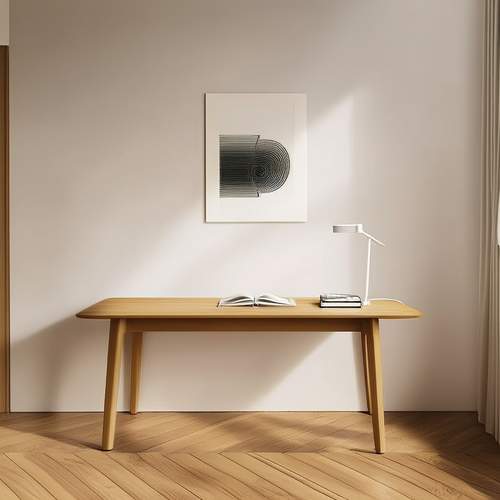
By /May 30, 2025
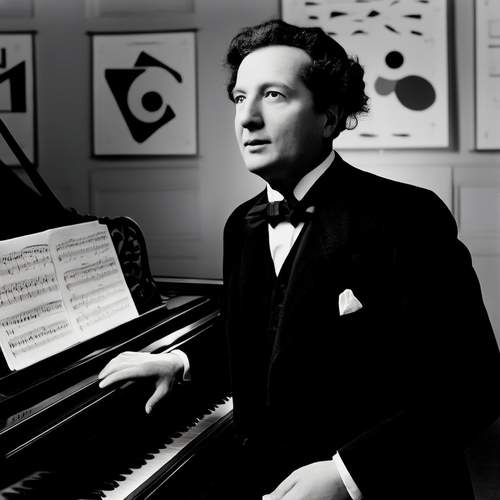
By /May 30, 2025

By /May 30, 2025

By /May 30, 2025

By /May 30, 2025
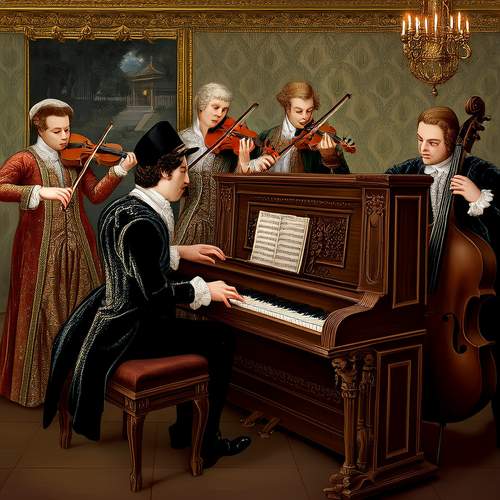
By /May 30, 2025

By /May 30, 2025

By /May 30, 2025
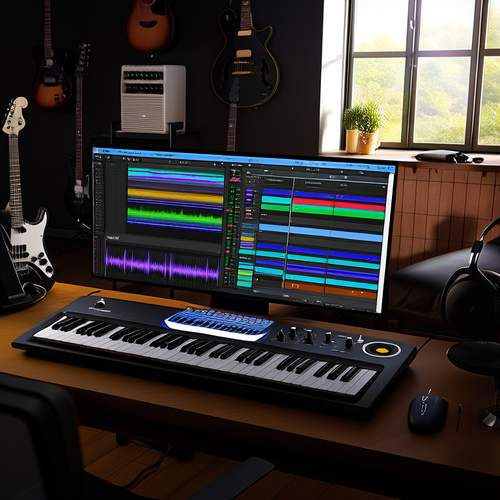
By /May 30, 2025
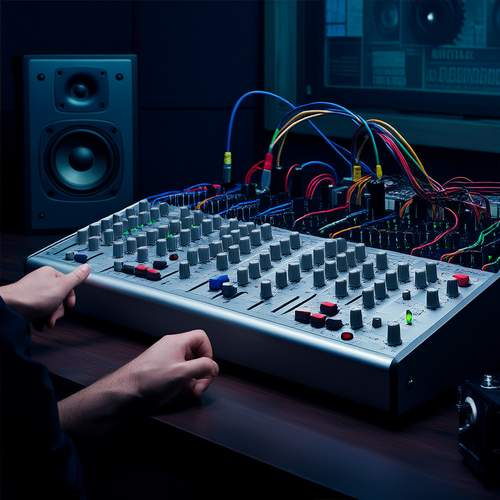
By /May 30, 2025

By /May 30, 2025

By /May 30, 2025
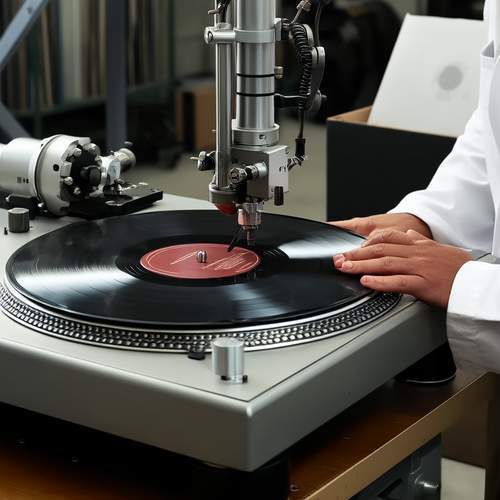
By /May 30, 2025
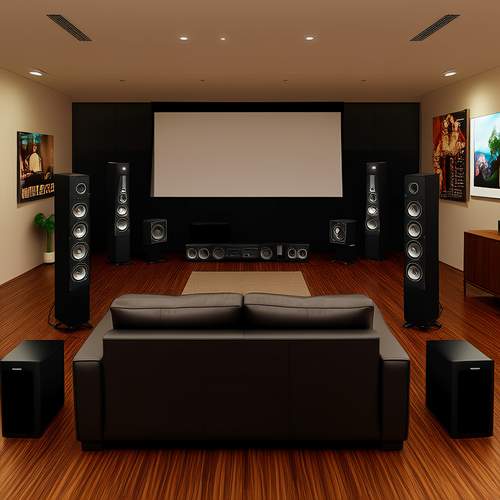
By /May 30, 2025

By /May 30, 2025

By /May 30, 2025

By /May 30, 2025

By /May 30, 2025